HOME > Basketball
Washington Wizards: The accumulation of strength before the bottom of the valley is over!
3:20am, 18 May 2025【Basketball】
18 wins and 64 losses, second to last in the league, rolling at the bottom for two consecutive seasons, with all the results in the second half of the league. As usual, they are regarded as the bottom team, but compared to hovering in the play-offs, the Wizards' goals in the past two years are very clear, locking in the front-end lottery pick and winning more potential new players. Instead of winning short-term wins, it is better to keep a stable chance to get the super core.
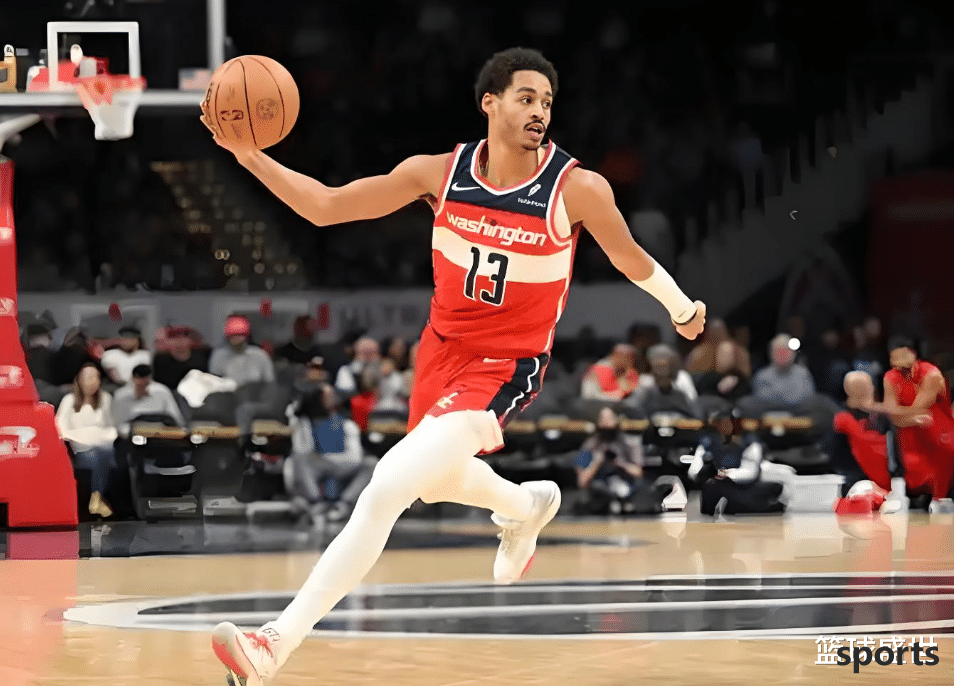
Different rebuilding teams have different modes. The 2024-25 season was a year for the Wizards to gain a lot of rewards. At the draft, they won three rookies in one go, established the team positioning of sophomore Kulibaly, and traded out players who were unwilling to work together, in exchange for excellent mentors and rookie AJ Johnson, etc., and even the new coach Brian Keefe has developed a tacit understanding with the team. The team atmosphere has changed significantly compared with former coach Unseld, and its basic appearance is also more stable and solid.
Everything is moving on the right track, and the rest is to replenish young forces in this year's draft to create the most perfect reconstruction foundation.
Bilal Coolibali
Kulibali, who has the most playing time this season, has increased its average data to 12.3 points, 5 rebounds and 3.4 assists, and the most significant increase in assists, from 1.7 to 3.4. As a stable starter, he began to play a more important role in the offense, not only having more power to take action, but also creating opportunities for his teammates, and also showing his expectations for him before the draft.
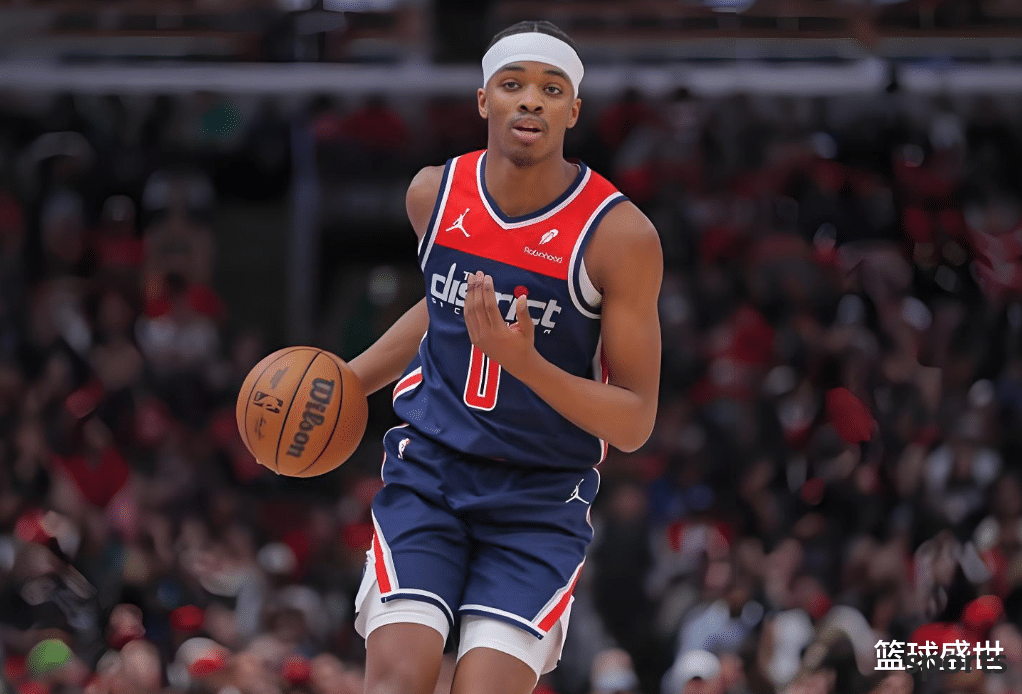
Although the book data has improved, from an unoptimistic perspective, the decline in shooting percentage is an obvious trend, with the overall shooting percentage being only 42.1%, and the three-point shooting percentage is as low as 28.1%, which has been much regressed compared to last season. However, the free throw percentage has increased to 74.6% with the increase in the number of free throws, at least there is no big problem with the shooting posture.
However, from the offensive perspective, there are still big problems, especially in the sluggish outside efficiency.
Kulibaly's outside shots came from receiving and shooting, but his shooting percentage was only 27.4%, which was a completely failed level. According to statistics, he rarely takes action under defensive pressure, almost always takes action at the empty time.
This makes the problem very simple. The simple thing is that the feel is too poor, which is one of the key reasons why Kulibali's average score is still not very good after increasing his playing time and shooting. This can only be done by himself in the offseason to improve.
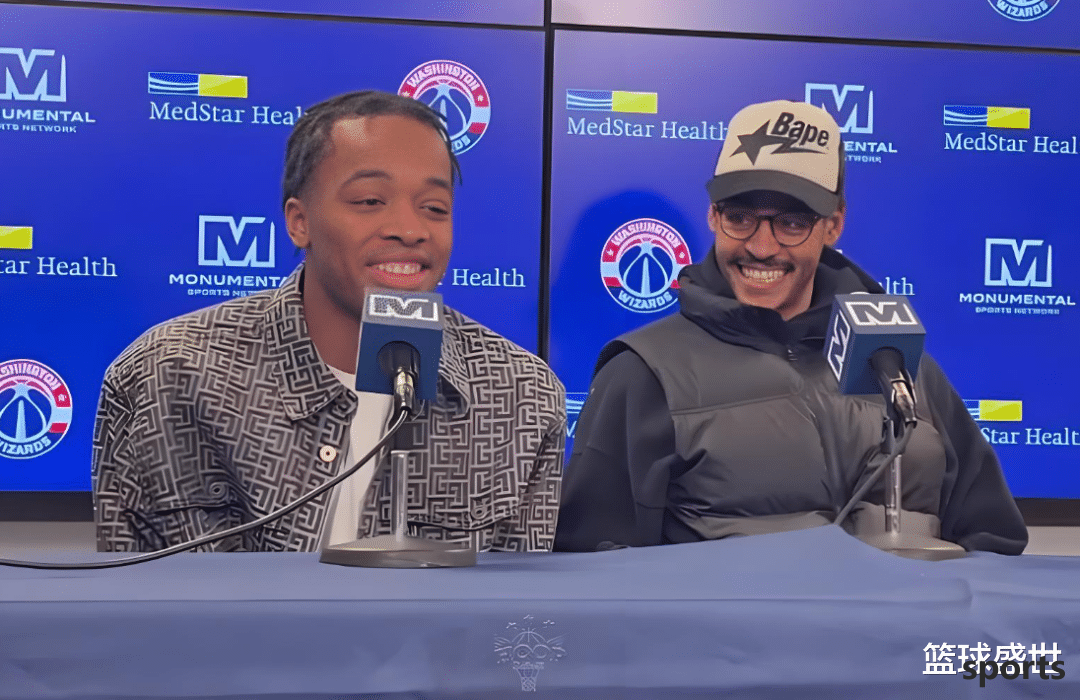
Another reason is that except for the outside, Kulibali's offensive methods are too limited to scoring in the penalty area, and he uses fast breaks or no-ball running to the basket. There is no other effective scoring method. Poor offensive methods lead to his attacks often going up and down. Sometimes he can take 20 shots in a single game. The next game's similar playing time is likely to plummet to the single digits.
At present, neither a ball-holding breakthrough nor a mid-range jumper is Kulibali's strengths. If he wants to grow into a top wing and stabilize the outside line, strengthening other ball-holding attack methods is an important key.
However, compared with offense hitting the wall, the defense is growing steadily, tied for the seventh in the league with 1.3 steals per game, with quite excellent data, and is often responsible for marking the core players with the strongest offensive ability of the opponent. Overall, it can reduce the opponent's shooting percentage by 1.8% compared to usual, which is the most important part of the Wizards' perimeter defense.
In short, Kulibali's situation is obvious, and the instability of offensive methods and the lack of offensive arsenal make it difficult for him to contribute more on the scoring end. Although the ball-scoring vision is good, after the opponent makes a shot and oppresses his teammates, the team is very likely to fall into an offensive cycle. If he cannot find the outside feel first, he will be unable to take on more responsibilities in the team. In the end, the ceiling will probably only be an ordinary puzzle player, not the core of the future we expected before the draft.
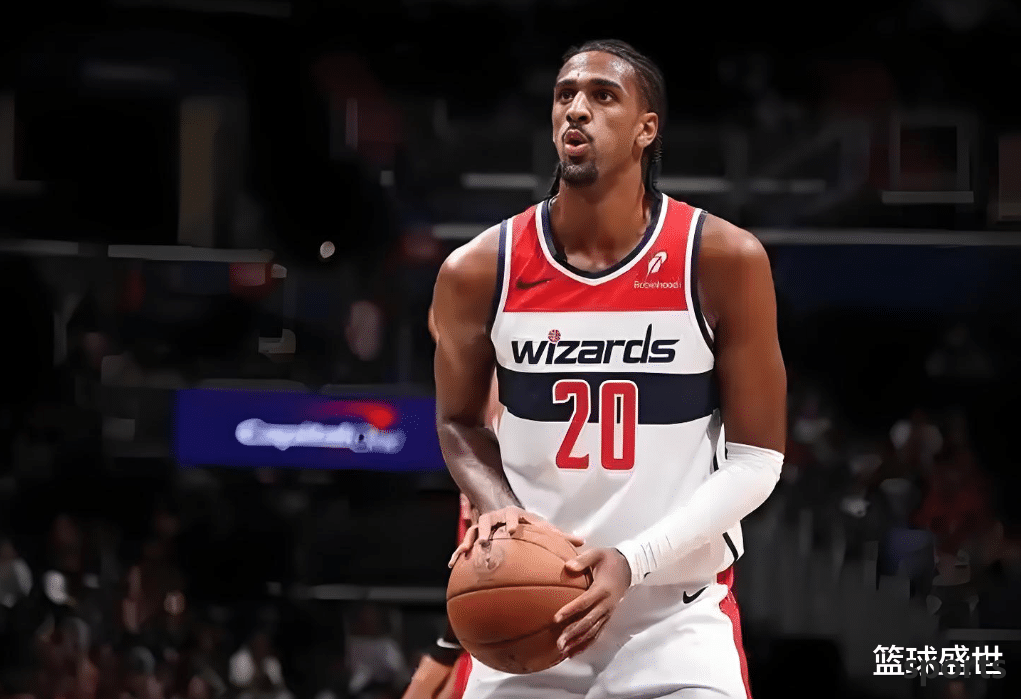
Alexander Sal has made an unexpected achievement this season. He is the youngest in history to score at least 100 three-pointers and at least 100 blocks. He is also the only player to achieve this achievement under the age of 20. He is the third rookie in history to achieve this achievement after Vinbanyama and Homgren.
Until the middle of the season, Thrall once firmly sat on the throne of the best rookie, but as the season entered a white-hot spot, Thrall's rankings continued to increase, and even couldn't even enter the top ten at one time. In the end, the best rookie vote was only fifth. Although it is a pity to look at the data alone, in fact, Sal's shortcomings are still very obvious, and it is not surprising that he was eventually squeezed out by other rookies.
After the end of the season, Sal's weaknesses are still quite obvious. First of all, we talked about the outside three points for a long time. The above mentioned that Sal made more than 100 three-point shooting this season, with a total of 105 goals in a single season, but the shooting percentage was a very embarrassing 30.8%.
To some extent, Thrall was able to achieve this achievement, to some extent, thanks to the Wizards' willingness to give him a lot of power to take action and give him enough opportunities to adjust. In the 12 games a month after the All-Star Game, the three-point shooting percentage increased to 39.4% of 30 of 76 shots, but in the last 13 games, it still plummeted to 21% of 15 of 70 shots, and its shooting efficiency was still very unstable.
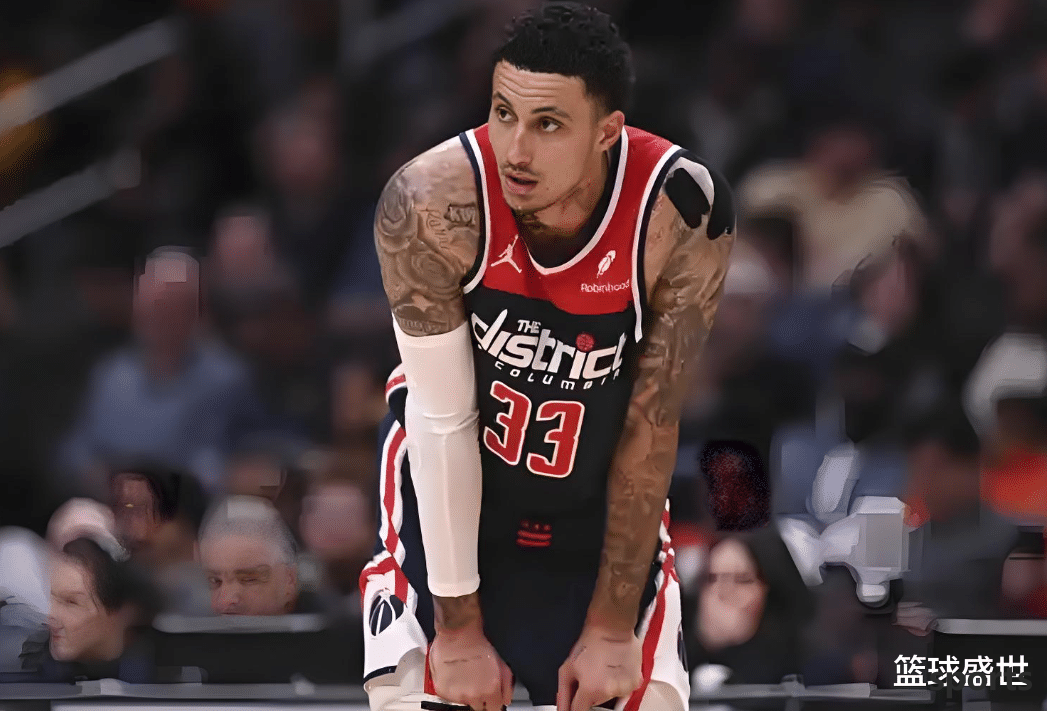
In the end, his offensive efficiency was only 102, the lowest among all starting players, and was only a little better than Kuzma who was sent away. In addition to the unstable outside line, his body is too thin, which leads to poor confrontation, making it difficult for him to stand alone in the penalty area, and he cannot even get a favorable scoring position at the basket. Instead, he shoots more shots in the near-frame position, but the finishing touch is still being honed, with a hit rate of only 36%, which is still at a sluggish level of efficiency.
The only thing that has a positive effect on the team on the offensive end comes from his support methods. Saul averaged 2.4 assists per game, and his high-level support was quite good, especially his cooperation with Poole was particularly eye-catching.
Poole is the best player without the ball in the Wizards lineup. With Saar's pick-and-roll screen, he can play the greatest destructive value of Poole's breakthrough. Of course, this part is also attributed to the Wizards' tactical requirements, reducing long-term ball holding and pursuing a large number of runs for all players. After all, Saar is currently unable to play a threatening half-court attack like his predecessor Porzingis.
Defensive end, with height and speed, young and energetic, Saar's peripheral defense supplementary and assisted defense still showed the expected effect before the draft, which was enough to interfere with the opponent's shooting percentage. But when it comes to defense in the penalty area, Sal's poor confrontation has become his big goal. Although you can rely on blocking data to threaten your opponent, there are still many tuition fees to pay at present, and the fouls accumulated very quickly.
From the current perspective, the most important thing about Saul's defensive end is to increase physical confrontation so that the Wizards can have no worries in the penalty area and even develop the possibility of holding the ball offense. Otherwise, the maximum limit is just a 3D puzzle with a relatively high height, which is by no means the future that the Wizards hope to see.
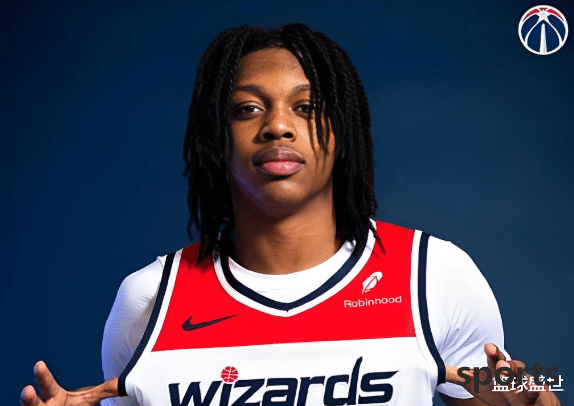
Calder Carrington, Kayshaun George, AJ Johnson, can the new three-front line become the key?
Before talking about these three forwards, let's take a look at the Wizards' team offense this season.
Wizards' team offense is mainly based on two major elements: team running after pick-and-roll, and fast break counterattack conversion. Apart from Poole, the team does not have a second person with enough individual singles threats. However, Poole's excessive individual singles and inappropriate shooting options in the previous season led to his inefficiency in offensive efficiency. Now that the team system is gradually taking shape, Poole is also willing to share the ball rights for other young people, and the Wizards are gradually beginning to find the value of team offensively.
However, the Wizards' shooting percentage is still sluggish, especially the three-point shooting percentage, which is only 33.5%, second to last in the league. But they have the ninth highest number of shots in the league, with as many as 6 players averaging more than 5 shots per game, and only Poole and Keisbert shooting percentages above 36%.
If you want to rotate the basketball a lot, but there is a lack of a stable scorer in the penalty area, under this premise, the outside line becomes the weapon for the Wizards to survive, but the result is a hit rate that cannot be lower. The reason behind the consideration is also very simple, it is simply that the basketball can't be shot.
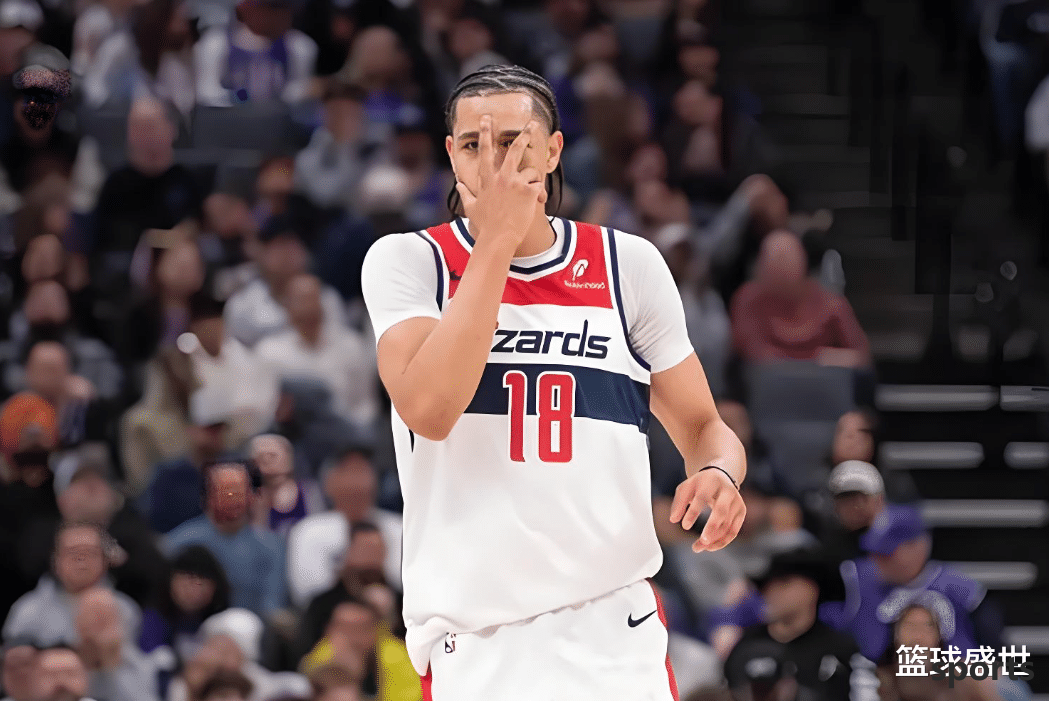
The feel is as big as Sal, and the same is true for the three newcomers, Carrington, George and Johnson. The outside shooting percentages are only 33.9%, 32.2%, and 24.7%, respectively, which is completely unsuccessful. But looking at the content of the game, it is almost always a reasonable choice to shoot. If you can't make a shot, you can't make a shot. In particular, the outside line accounts for at least 40% of their offense, which can only be strengthened by themselves during the offseason. There is no other way.
Carrington has enough athletic explosive power. He can not only quickly break to the basket at the first time, but also use the time difference to transfer to the basket to receive the score when the ball holder is double-teamed. Although the poor three-point shooting percentage leads to his weak threat from the outside, it is commendable that his mid-range jump shot this season actually has a high-efficiency shooting percentage of 55%.
In addition, although he is a point guard on the court, he is not a traditional type of ball-holding after all. His work on the court is similar to Poole, and his vision of passing balls is better than expected. Unfortunately, he lacks experience in the game and his turnover rate is the second highest in the Wizards. The pressure to face the starting lineup of a strong team is still too great. You can only show your advantages when facing the second or third team. However, from the team's perspective, fortunately, they also have veterans such as Smart and Middleton as mentors, and can slowly lead the progress of newcomers.
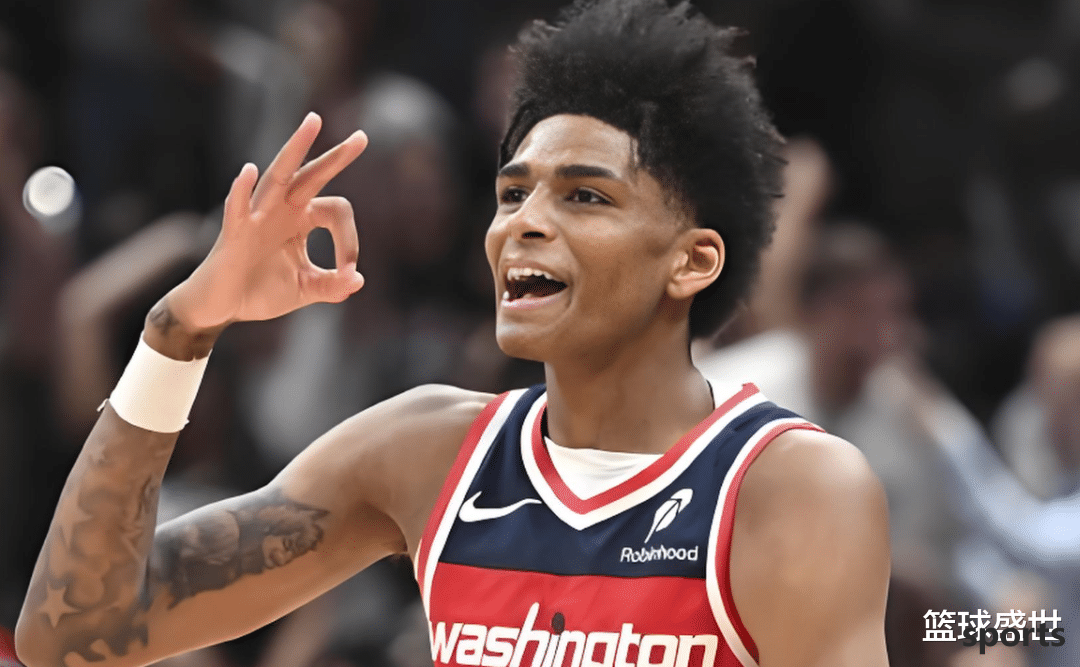
As for George and AJ Johnson, they are like Carrington. The first thing they have to do is to integrate into the team's running, take action when there is a space, and give enough strength to match it with good physical conditions. His performance in the same class is not inferior to other rookies, but the disadvantage is that he lacks experience in the game, which leads to the importance of the game and does not have the ability to withstand the experienced main players on the opponent. Perhaps he can gain an advantage by relying on his physical talent in the short term, but if he wants to stand firm in the NBA for a long time, he still needs to grasp the current Wizards still have time to give them time to train.
is a bit bad. It will take them one or two seasons before they can become qualified rotation levels, and the Wizards are still willing to give them a chance, which is already very good. Referring to the last Johnny Davis who was abandoned by the Wizards, there is no chance now.
For these three people, the prospects are probably not at the All-Star level. Being able to grow into top-level green leaves is the biggest gain. However, in terms of the reconstruction of the Wizards in recent years, the competition among rookies is also quite large. Especially considering this season's draft, although the Wizards only draw the sixth pick far below expectations, they will still get new players to join the team, or trade potential stocks that other teams don't want. Whether these three people can show their strengths and maintain their team's position is still quite dangerous.
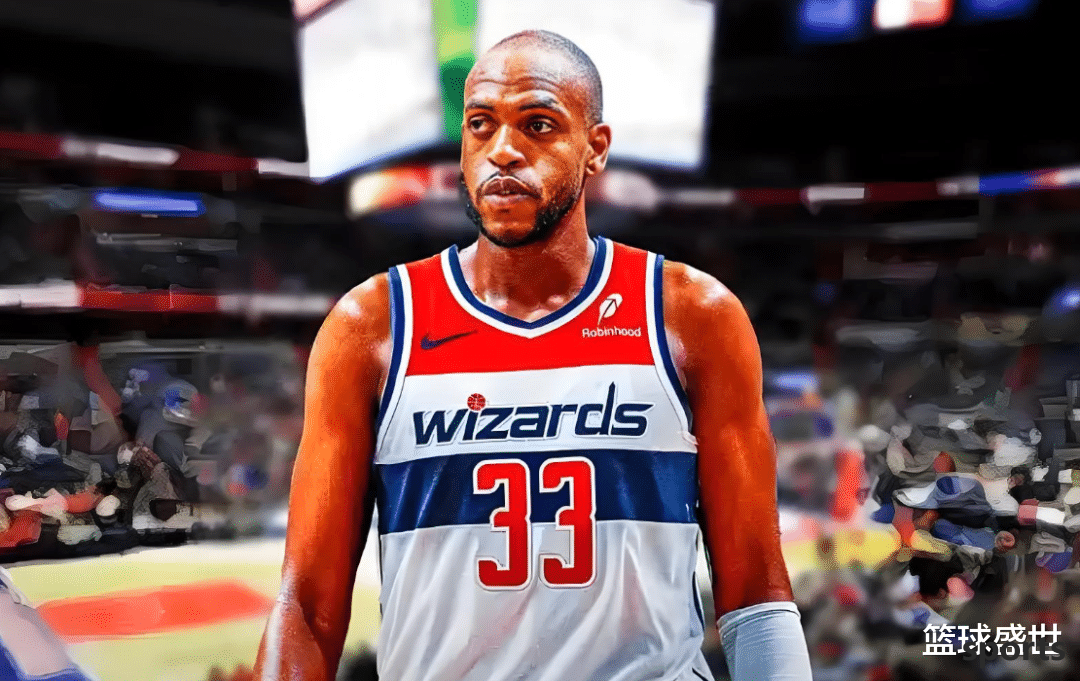
The seniors who lead the up-and-coming stars, in addition to the new players, the five most important players in the Wizards are from Jordan Poole, Cory Kispert, Marcus Smart, Chris Middleton and Anthony Gill.
Pole's importance to the Wizards is completely different from the past this season. He is now the number one player in essence. He reduces too much unnecessary ball-holding attack and invests more in team running. He is willing to share the ball with young players. At the same time, he also reduces his offensive pressure and liberates his offensive threat.
Average 20.5 points per game, combined with 37.8% outside shooting percentage, are all career highs. If the Wizards were not afraid that he would affect his record and draw draws, otherwise Poole would have got more opportunities to play..
From the team's perspective, Poole is not only the team's first offensive pick, but also has to take on the role of the engine. The Wizards make a lot of use of Sar and his pick-and-roll tactical cooperation this season. After all, except Poole, the Wizards have no reliable ball-holding breakthrough point.
If you continue to rely on Poole to fight alone, you will only repeat the same mistakes. Since head coach Keefe found Poole's instruction manual in the second half of last season, he has gradually used it well this season, and both sides complement each other. Keefe helped Poole regain confidence on the court. Poole's outstanding performance helped the coach build the prestige within the team and gradually put the Wizards' new system on track.
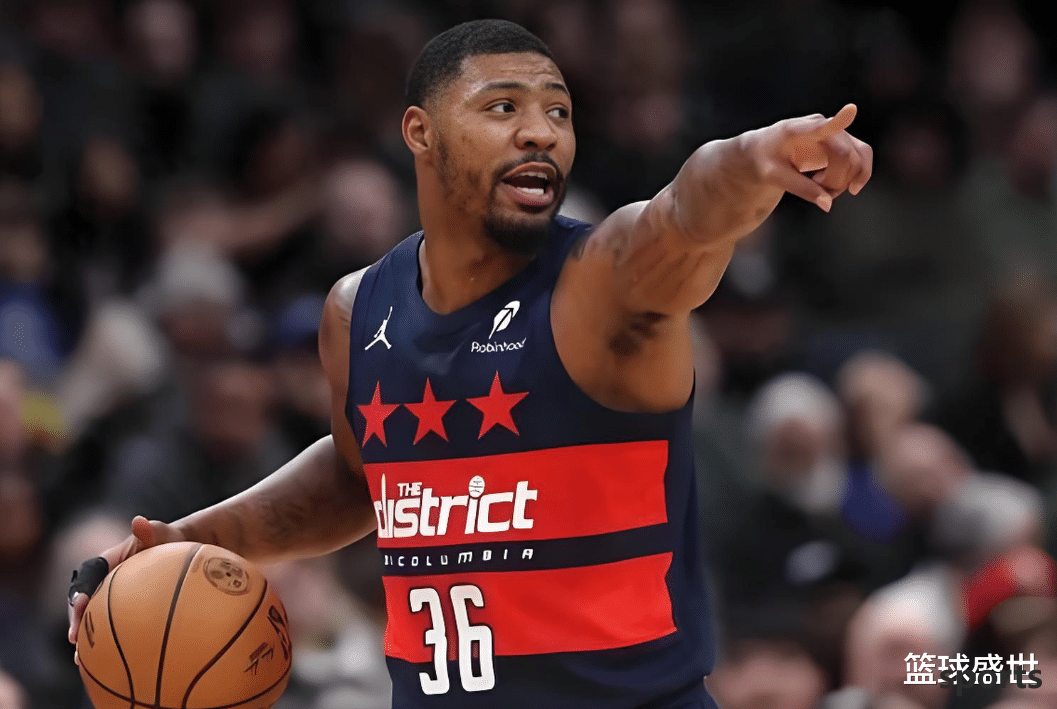
And if Poole is the first person on the offense, then Smart is the key point that is most needed on the defensive end. The Wizards' periphery defense has been bad for many years. Although the God of Wats temporarily supported the penalty area defense in the past, the backcourt and forward defense have always been the Wizards' biggest cover.
Although the young players are willing to run a lot, defense is not as simple as offensive running. The Wizards' defense may be able to be in place in the first shot, but the subsequent opponents can only have a little pick-and-roll cooperation to disrupt the Wizards' defense line, and the subsequent repair and assisting defense will be in chaos. The introduction of backcourt defense master Smart requires him to inherit his experience and skills, and at the same time, he partnered with Anthony Gill to build a good locker room atmosphere.
As for Kispert and Middleton, their job is very simple. Since the rookie season, the former has relied on three-pointers to conquer the world. Although his talent is not high, three-pointers are the most indispensable technology in the current trend of the times and the part that young players need to improve the most; while the latter is also a player who is good at outside offense before a serious injury. Although his actual combat power is not as good as before, his championship experience and big-scene ability are still the best role models to guide young people.
However, we cannot forget the coaching results of the new coach. Judging from the book data, the Wizards have not made any progress. They are still bad teams mentioned by the outside world. But in fact, more disciplined offensive rotation, more clear training targets, and a better locker room atmosphere are all a great improvement compared to last season.

Related Posts
- As expected! Reporters posted netizen prediction votes: 60% successfully predicted that James would not announce his retirement.
- A star who may retire in the NBA in the past five years. Time always says goodbye
- +1! The fourth player this summer goes abroad and joins the overseas league and is expected to become the next Yang Hansen
- Adebayo s girlfriend is too strong: He won 6 consecutive victories with 30+16, breaking the record and becoming the first person in WNBA history
- The Chinese men s basketball team will see a blowout talent in the next Olympics, and Yao Ming s dividends will gradually be reflected!
- NBA Rockets News: Renewal with Tate
- Wiggins takes a family on vacation and earns 250 million yuan. The Lakers want to trade him, and his wife has a good figure
- Heroes cherish each other! Pierce praised Kobe as the second Jordan, saying that defending him is very stressful
- NBA Playoffs: Unexpected 3-1, Kaiyong is in trouble, Nuggets Thunder King Mountain
- Chasing dreams and mocking Dillon was criticized by American netizens! James was caught in a gunfire!
Hot Posts
- As expected! Reporters posted netizen prediction votes: 60% successfully predicted that James would not announce his retirement.
- A star who may retire in the NBA in the past five years. Time always says goodbye
- +1! The fourth player this summer goes abroad and joins the overseas league and is expected to become the next Yang Hansen
- Adebayo s girlfriend is too strong: He won 6 consecutive victories with 30+16, breaking the record and becoming the first person in WNBA history
Recommend
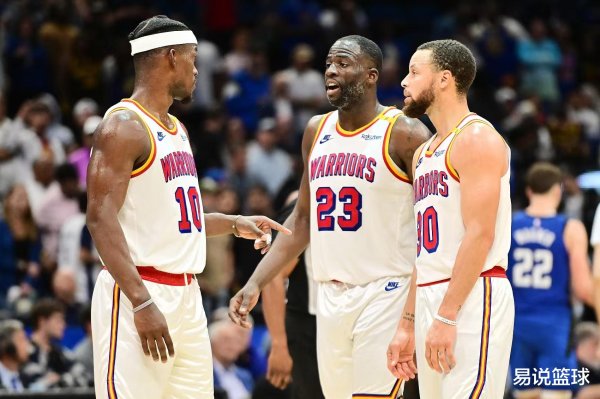
NBA: Kumingga contacts the Kings, Trail Blazers send off Rowe? Both teams need to strengthen the backcourt

21.5 million signings in three years, the Rockets No. 5 position has been upgraded! Both offense and defense have been improved, and it is not unfair to have Randale been laid off.

Song Xiang: The rotation of the Chinese men s basketball insiders is a bit thin, and there are many variables in the front line position
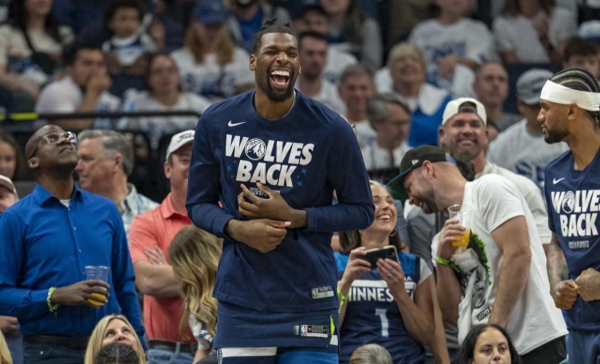
The tough guy averaged 22 points per game in the playoffs and is leaving the team? The Wolves future is a bit in lingering
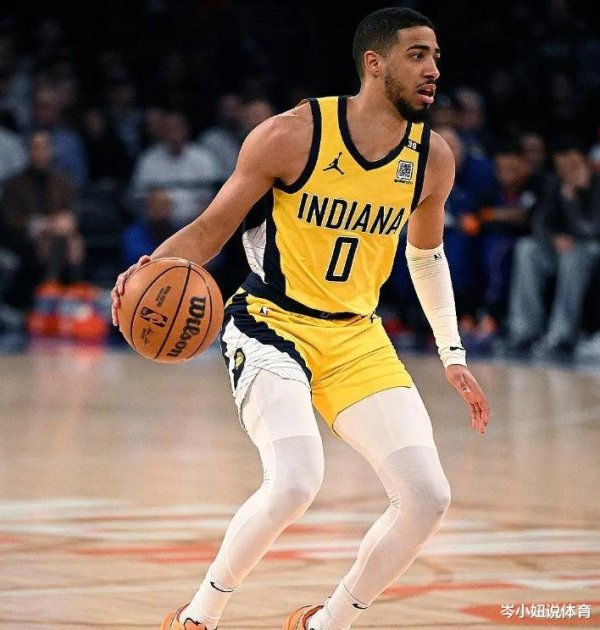
Mitchell has a lot of responsibility for defeating the Cavaliers after two consecutive games
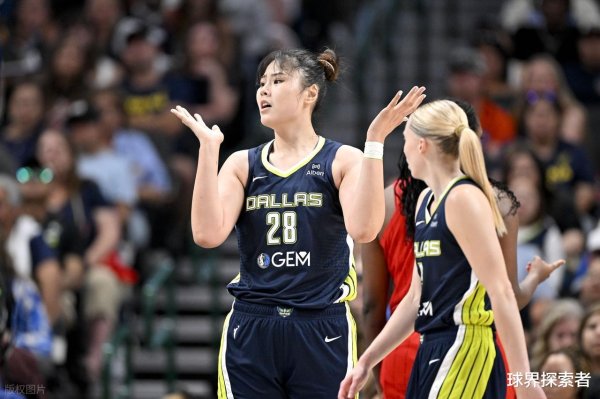
Do your best! Li Yueru scored 8 of 11 shots in the starting lineup and scored 16+5+1 and broke 1 cap. Feiyi lost to Fanaticism and suffered three consecutive defeats
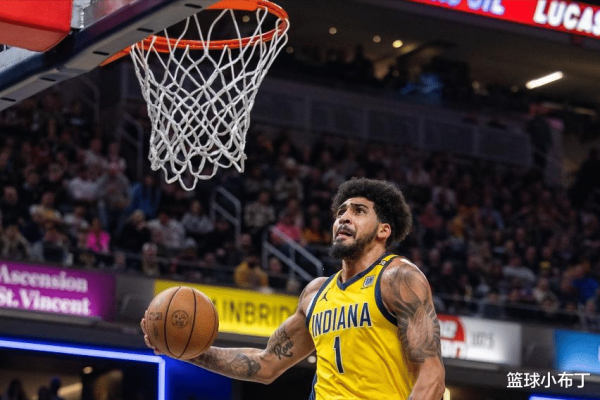
The No. 8 show was sold and given away half! The East Finals beat the old boss and entered the finals again. Do the Knicks regret it?
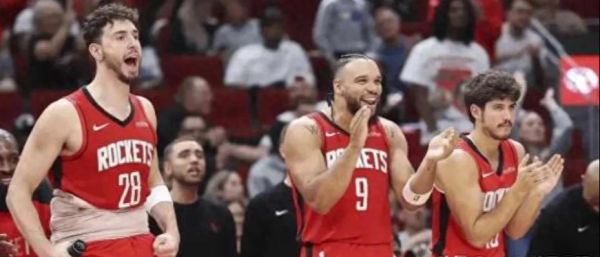
Dragging into the 7th, the Rockets beat the Warriors 115-107, who is the winner, the data will not lie